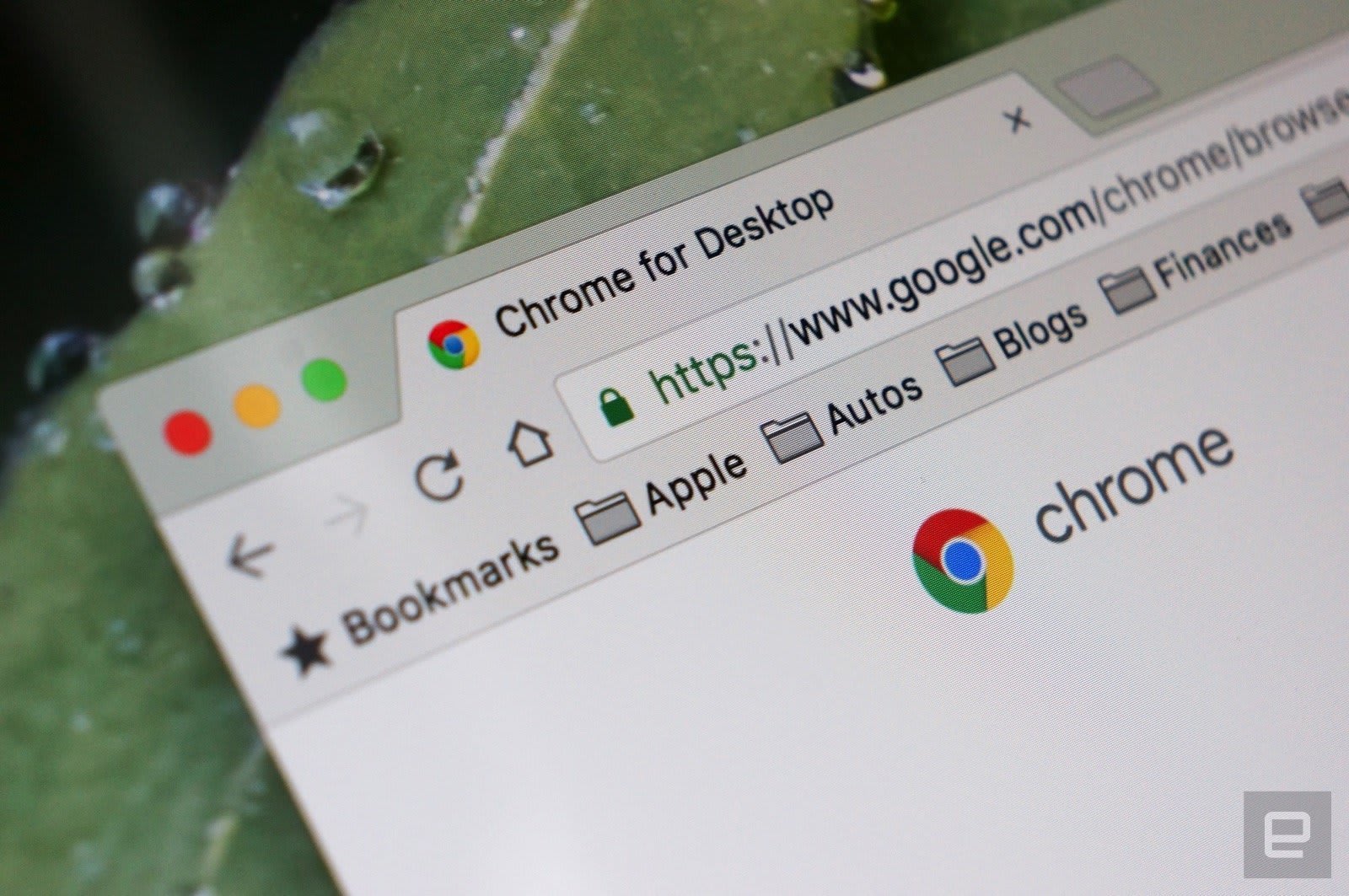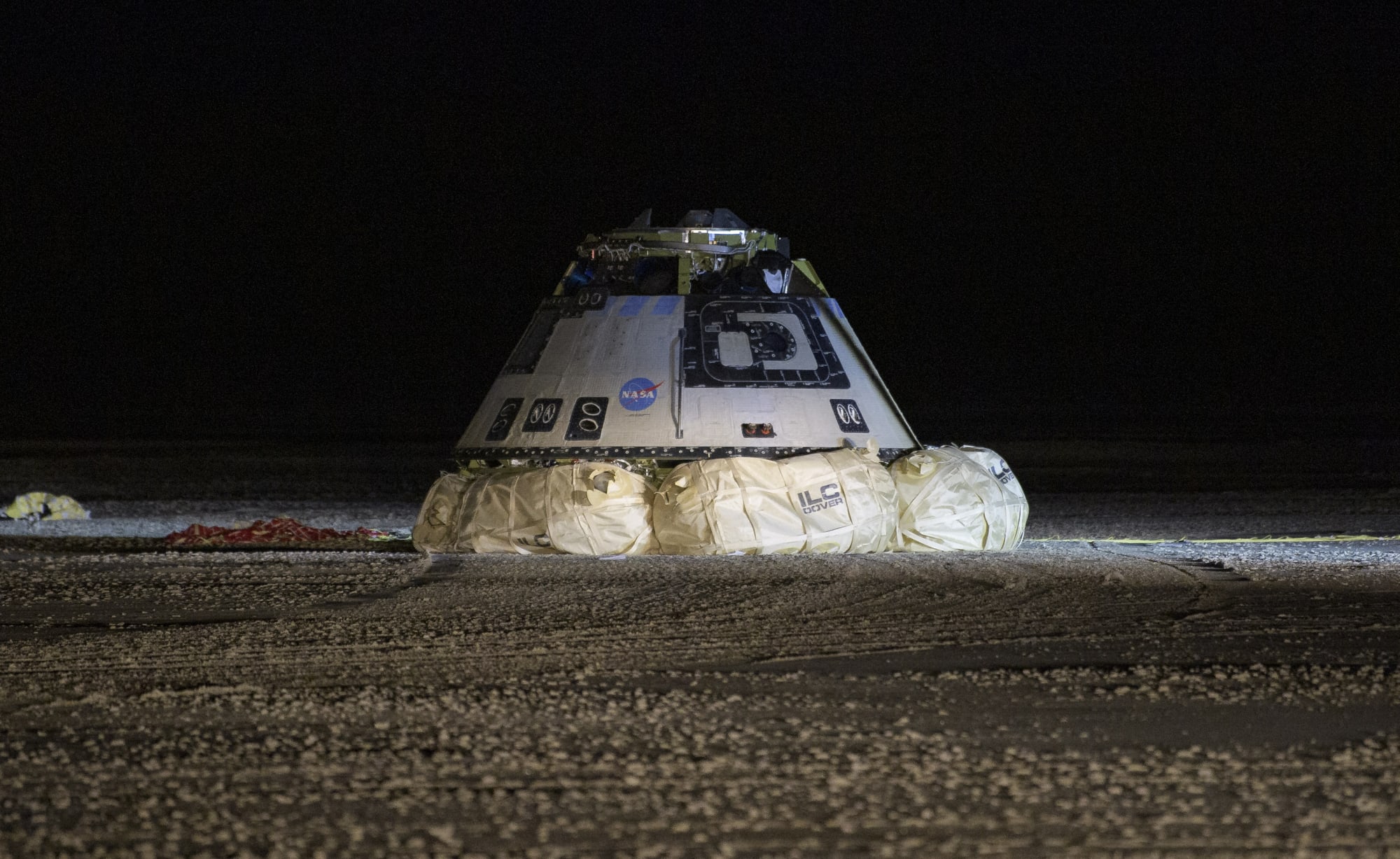https://www.popsci.com/story/diy/best-reheat-pizza/

Order pizza, and there’s a good chance it’s gone within hours. Something about that round wheel of dough, melted cheese, warm tomato sauce, and seemingly countless topping possibilities is simply irresistible. If only pizza would stay that way forever.
Still, it’s hard to resist the temptation of a leftover slice as you rummage through the fridge for food the next day. Maybe you like cold pizza—there’s no shame in that—but if you’re looking to restore some of that fresh-pizza magic by reheating that ‘za, you’ll need to know what you’re doing.
So, Popular Science’s DIY team tracked down the most popular strategies, bought a whole lot of pizza, and put them to the test. We sought the ultimate method—The Way.
But first—decay, staling, and death
The very moment pizza is born out of the oven, it’s too hot to eat and might not even be done cooking. But right around 140 degrees Fahrenheit—the temperature experts recommend you dig in so you don’t burn your mouth—it begins its inevitable march toward complete decay, just like everything else on Earth.
If you can’t (or won’t) eat your pizza when it’s fresh, all you’ll be able to do later is damage control. You see, cheese only likes to be melted once, because when it does, it loses its integrity. When exposed to high temperatures, cheese loses fat and water, and there’s just no way to get it back.
“That water isn’t going up,” says bread and pizza expert Francisco Migoya, head chef at Modernist Cuisine. “The dough is like a sponge, so it’s just going to absorb it all, making it soggier and gummier as time goes by.”
At this point, the moisture from the sauce and water, plus the fat from the cheese (and any meat), starts seeping into the crust, creating what pizza connoisseurs know as “the gum line”—that layer between the sauce and crust that looks like raw dough. The thicker the pizza, the more pronounced the gum line will be, and the longer it sits there uneaten, the thicker it will get. This, Migoya says, changes the crust permanently.
You should never leave pizza out on the counter or in the oven overnight (because of bacteria), but putting it in the fridge doesn’t do it any favors. Low temperatures congeal everything the dough has absorbed and accelerate the staling process, or retrogradation. In short: The starch in the crust recrystallizes, and all that fresh-pizza chewiness goes out the window.
How we did it
PopSci is based in New York City, so we tested each method with the thin-crust style of pizza the Big Apple is famous for. If you’re reheating Chicago-style deep-dish pizza or another variety, your results may vary.
The slices we used (both plain cheese and topped with pepperoni) spent 12 to 48 hours in the fridge. Reheating frozen pizza is a whole other ballgame, and we can’t speak to that here.
Let the games begin.
Top tier ???
Reddit’s favorite

The official reheating method of the /r/pizza subreddit, this calls for placing your cold pizza on a non-stick pan and cooking it for two minutes over medium-low heat (or until the bottom of the slice is crispy). Then, pour two drops of water (less than a teaspoon) into the pan as far from the pizza as you can get. Cover the pan with a lid and turn the heat to low. Cook it for another minute.
The results
You may be tempted to try this with a cast-iron pan, but we found a standard non-stick pan worked best. The crust was crispy, the cheese (thanks to the steam from the water circulating under the lid) melted perfectly, and the slice was the perfect temperature to be eaten immediately.
Using a cast-iron pan, however, amplifies a number of factors you may not want to deal with while heating up a quick bite. Depending on your stove, it may take what feels like forever to warm the thick metal pan. And if it’s not properly seasoned, tossing a cold slice onto hot, dry iron is a recipe for burned crust (more on that later). Even if you get the pan hot with a thin sheen of oil, the crust will become extremely crispy before the cheese has much of a chance to melt.
Hot tray in a hot oven

Put a baking tray in your oven and heat it to 450 degrees Fahrenheit. If you don’t want to clean the tray later, you can line it with foil. Once the oven has reached the proper temperature, use an oven mitt to take the hot tray out and put your slices on it. Place the tray on the middle rack and cook it for five minutes.
The results
We had to let the pizza sit for a minute or two to cool down before we could eat it, but when it passed between our lips, we experienced excellent crispiness, melty cheese, and a slice that was almost as good as new.
You can also play around with different temperatures, but you should always make sure the tray heats up with the oven. We tried it at 375 degrees for 10 minutes, and while the first bite was crispy and tasted great, the slice became hard to chew the closer we got to the end—more like a cracker, less like a pizza. The cheese on the plain slice was quite dehydrated, but the pepperoni one was fine—the fat in the meat likely helped keep the cheese moist. The crust on the pepperoni slice was better too: It was the right amount of crisp and wasn’t tough to chew as it got thicker.
Middle tier ??
Straight-up rebaking

This method suggested placing the pizza directly on your oven rack, but Migoya strongly advised against that. “There is no food I would put in an oven like that,” he says, appalled. “The risk of the cheese melting off is too great, and all that grease in a hot environment is the perfect recipe for a fire inside your oven. You don’t want that.”
We did it anyway. For science (with a sheet of aluminum foil on the rack below to catch any drippings and hopefully prevent a fire). But you definitely shouldn’t.
The results
The best iteration of this strategy was baking the pizza on a sheet of foil (not directly on the rack) at 450 degrees for five minutes. The crust was crispy, the cheese was warm—solid all around, but not as good as rebaking it on a hot tray. You can also do it at 350 degrees for 10 minutes for a slightly less-crispy slice, if that’s your thing. Our worst results with this method came when we put the pizza directly on the oven rack. We didn’t start a fire (we had a fire extinguisher on hand), but the crust was unevenly cooked due to the lack of a solid heated surface underneath.
The microwave + oven combo

We were pretty skeptical about this technique, but it surprised us. First, put the pizza in your microwave for 30 seconds. Then, put the pizza in a tray in a cold oven and set it to heat up to 350 degrees. Once the oven tells you it’s done preheating—when you’d normally put food in—take the pizza out.
The results
After its stint in the microwave, the pizza was super rubbery. Not a great start. We doubted the power of the oven could restore it to even a fraction of its original glory. But, it did. Baking the pizza crisped it up pretty well and removed some rubberiness. The thicker parts of the crust remained somewhat floppy, but it was adequate. Still, we’re not sure why anyone would pick this over tossing it on a hot tray that’s been in the oven, except that this method may be marginally faster. Not by much, though.
Low and slow in the oven

Place cold pizza slices on a baking sheet and cover them tightly with aluminum foil. Place them on the lowest rack of your oven and set the temperature for 275 degrees. Let it bake for 25 to 30 minutes.
The results
The crust on the cheese slice was crispy, but the pepperoni slice turned out a little too chewy, probably because of the extra fat from the pepp. Aesthetically, neither of them looked too good: The cheese was soft, but it dried up pretty fast after coming out of the oven, and the sauce looked like one big scab. It’s also one of the most time-consuming methods we tested. When it comes to overall taste, though, it was still good.
The worst ?
A very hot pan

Heat a pan on your stovetop over high heat for a couple minutes until it’s really hot. Add the pizza and reduce the temperature to medium-high. Cook for two or three minutes.
The results
We tried this method with both a porcelain non-stick pan and a cast-iron, but the results were equally underwhelming. The pizza in the non-stick had to come off the heat after only a minute and a half. The cheese was bubbling and the crust had burnt black and stuck to the pan. Cleaning was a nightmare. We don’t recommend.
Cast-iron was worse. In a dry pan, the crust began smoking the moment it hit hot metal. The smell of disastrously burned bread hung heavy in the air for hours. Somehow, the pizza was still cold on top. If Hell ever freezes over and we get the chance to taste it, this is probably what it would be like: scalding, burnt, and covered by a layer of cold, congealed fat.
We oiled the cast-iron to give this strategy a second chance and it didn’t start to burn immediately—that took about three minutes. The crust was better (maybe too crispy), but the cheese on top was still lukewarm at best.
Microwaved with a glass of water

Simply put your pizza in the microwave with a glass of water and heat them both up for a minute.
The results
No. Just—no. The pizza tasted like rubber, the exterior was too hot and the inside was still cold. Yes, the cheese didn’t look as disgusting as it does when you put the pizza in the microwave without a glass of water, but it’s still borderline inedible.
The microwave loop

Set your microwave to 30 or 40 percent power and heat the pizza for 45 seconds. Check it out and repeat as often as necessary.
The results
The crust was gummy—not crispy at all. The cheese melted but was highly dehydrated, so it didn’t have much taste and its consistency was rubbery at best. There was no difference between the cheese and pepperoni pizzas, and both tasted as if they had been reheated in the microwave for two minutes. Total waste of delicious food.
via Popular Science – New Technology, Science News, The Future Now https://www.popsci.com
February 7, 2020 at 05:31PM


